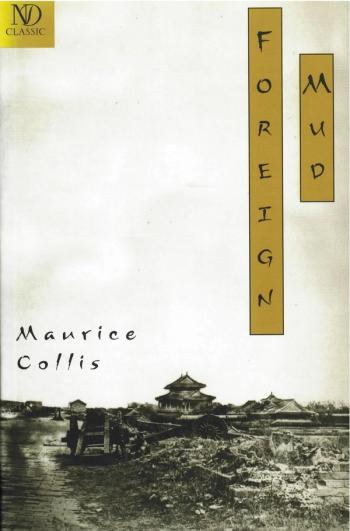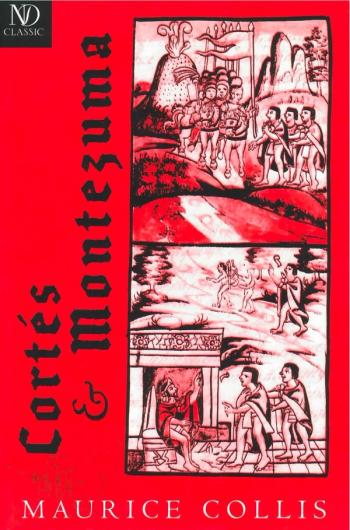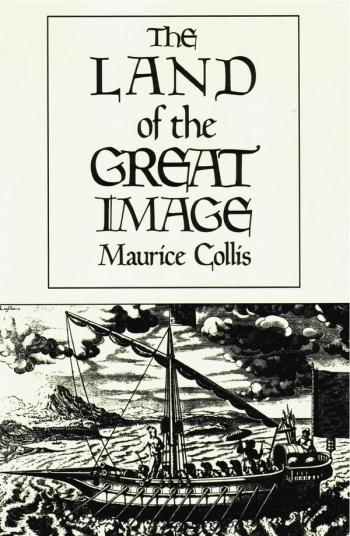A hybrid of history and biography, Maurice Collis’s The Land of the Great Image concerns a little-known Portuguese friar abroad in early seventeenth-century Asia. The book chronicles the great diplomatic coup of Friar Manrique’s career, opening the kingdom of Arakan, now Burma (land of the “great image” of the Buddha) to the Church and to Portuguese trade, Dispatched from Goa, capital of the now almost forgotten Portuguese empire in Asia, Manrique made his way across and around the Bay of Bengal, surviving shipwreck, tigers, and pirates, to reach the court of King Thiri-thu-dhamma. And all along Manrique’s way the author waits at every turn with another curiosity, another historical tidbit for the reader to relish. Collis notes how trials of the Inquisition were run (which too had set up shop in Goa); the luxury enjoyed by Europeans in the East; what was served for dinner at court; how elephant warfare was waged; and what went into a potion magically brewed to bring glory to King Thiri-thu-dhamina (the hearts of 2,000 white doves, 4,000 white cows, and 6,000 of his subjects).




